Tucked away in Calabria’s southern reaches, Chianalea surprised me during my coastal wanderings last summer. Folks call it the “Little Venice of the South,” and honestly, I get why—colorful houses rise right out of the sea, almost as if the water itself built them.
This picturesque fishermen’s quarter in Scilla has these narrow, winding lanes where stone and sea blend together, and the whole place feels like something out of a dream.

As I wandered Chianalea’s maze-like streets, I felt time slow down. There aren’t any main roads in some areas, so you squeeze through tiny passageways between houses perched so close to the water that waves sometimes tap at their doors.
I loved watching the fishermen fix their nets while their boats rocked gently in those famously clear waters.
What really sets Chianalea apart is how it’s managed to keep its authentic vibe, even as more people discover it. Unlike Venice up north, this Calabrian gem still feels off the beaten path, letting visitors like me soak up real Italian coastal life.
The mix of blue seas, old architecture, and mouthwatering seafood restaurants made my stay here stick in my memory.
Exploring the Water Lanes of Chianalea
Walking around Chianalea feels like you’ve stepped into a fairy tale. Houses rise straight from the sea, and the narrow lanes twist between buildings clinging to the shoreline.
That’s probably why people started calling it the “Little Venice of the South.”
History and Origins
Chianalea’s story goes way back, tangled up in Greek myths. It’s part of Scilla, a town named after the sea monster from Homer’s Odyssey.
Scilla once played a big role as a maritime center, which I found pretty cool.
Generations of fishermen built their homes right on the rocks above the Tyrrhenian Sea. These sturdy houses survived earthquakes that wrecked other parts of Calabria.
The village kind of grew on its own, each generation adding their own twist. Lately, Chianalea earned its spot among the “Borghi più belli d’Italia” (most beautiful villages in Italy). Locals have worked to keep its history alive while welcoming newcomers.
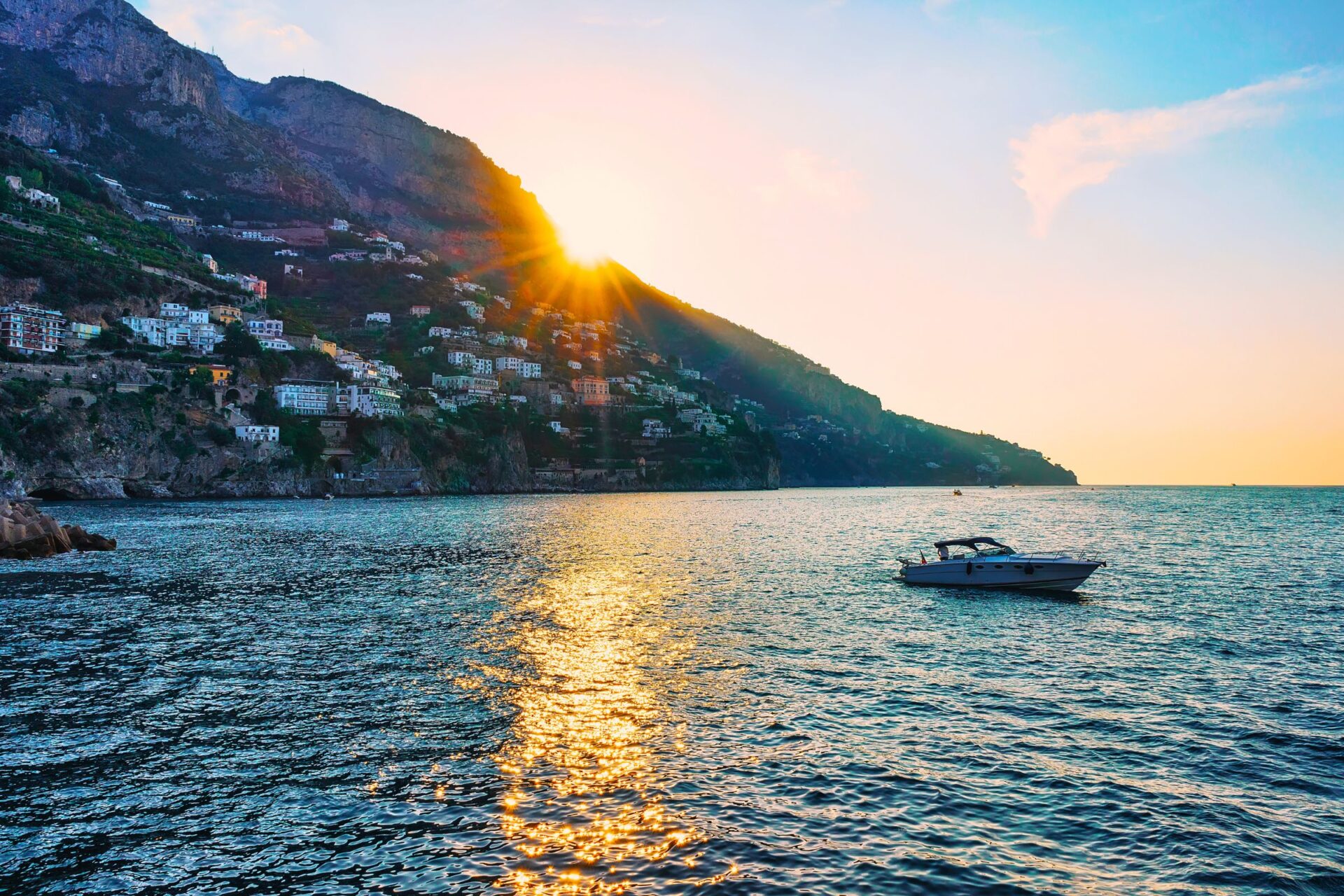
Unique Architecture and Narrow Streets
The first thing that hit me in Chianalea was how the houses just sprout from the sea. Many buildings have their foundations in the water, with waves brushing up against their walls.
Fishermen designed them this way so they could get to their boats without much fuss.
The lanes are so tight in spots that only one person can squeeze through at a time. I could touch both walls as I walked—no cars here, which makes it peaceful in a way you don’t find in most places.
Architecture here screams southern Italy:
- Weathered stone walls
- Bright wooden doors and shutters
- Tiny balconies hanging over the sea
- Arched walkways linking different parts
Around every corner, I found something charming—flower pots on windowsills, fishing nets drying out, little shrines peeking from the walls.
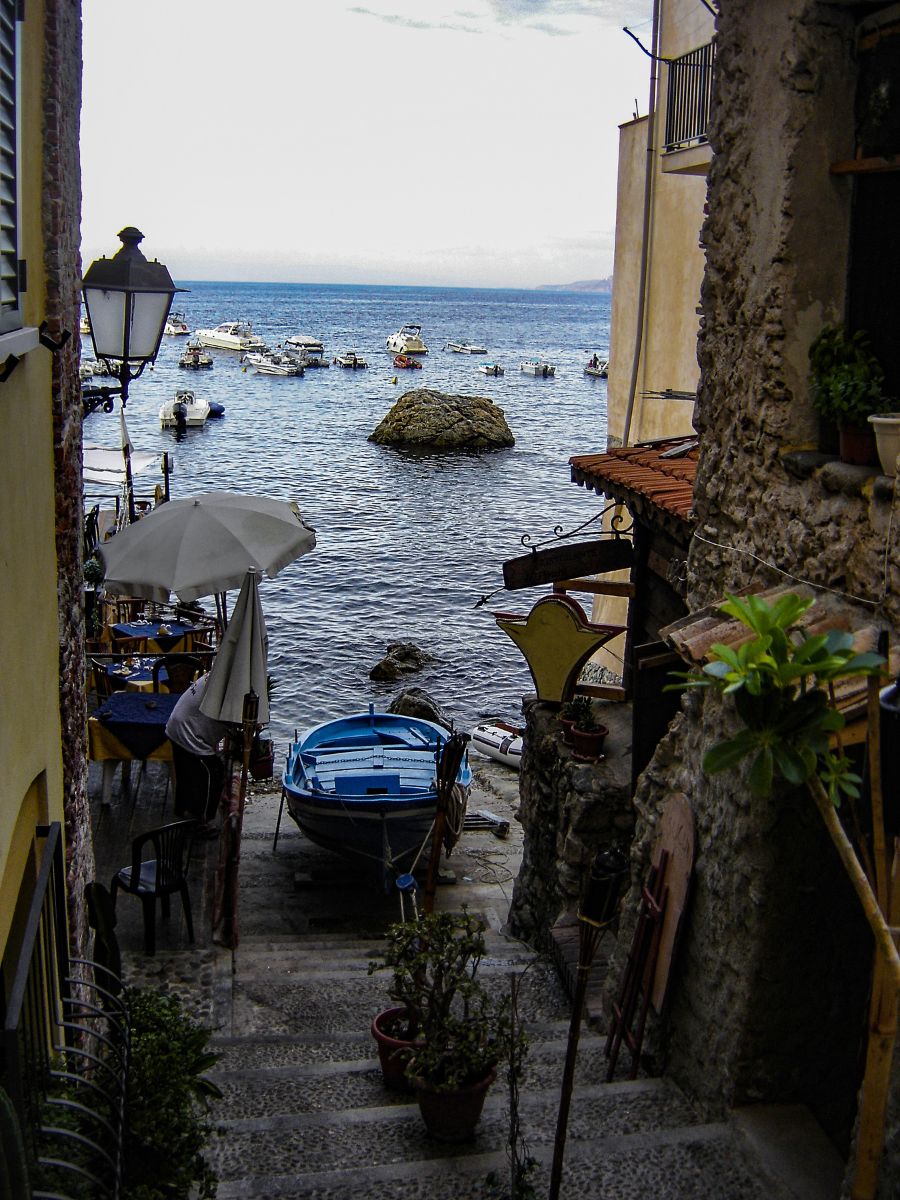
Waterfront Life and Daily Rhythm
Life in Chianalea spins around the sea. I watched fishermen get their boats ready at dawn, heading out just like their fathers and grandfathers did.
Later, the catch pops up in local restaurants, where I tasted some of the freshest seafood I’ve ever had.
The water lanes buzz in the morning. Residents handle their errands, and by afternoon, visitors drift through the narrow alleys, and artisans set out their crafts.
Sunset here is something else. I’d sit by the waterfront, watching the Tyrrhenian Sea turn gold while the houses cast dreamy silhouettes.
Plenty of restaurants have terraces right over the water—perfect for dinner with the sound of gentle waves below.
Chianalea moves at nature’s pace. The tides, fishing seasons, and shifting light give this little Venice of the South its ever-changing colors.
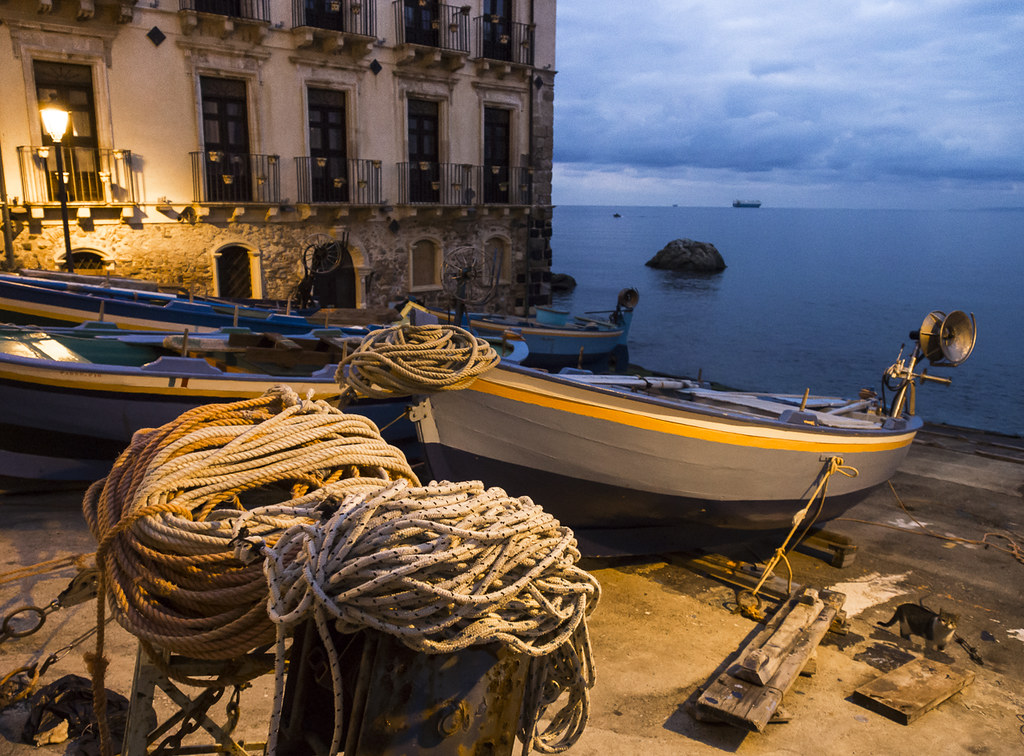
Top Sights and Landmarks in Chianalea
Chianalea packs a handful of must-see spots that mix history, culture, and killer views. Each landmark has its own story, and if you’re into that stuff, you’ll want to check these out.
Castello Ruffo
Castello Ruffo sits high on a cliff above Chianalea, dominating the view. I couldn’t stop staring at its position—there’s nothing like those sweeping vistas of the Strait of Messina and the Tyrrhenian Sea.
The medieval fortress traces its roots to the 5th century BC, but most of what you see now came from Norman times.
I wandered through its ancient walls, feeling like I’d stepped back in time.
The castle doubles as a monument and a lookout. From its terraces, I watched fishermen in their old wooden boats, and on clear days, I even spotted Sicily.
Inside, there’s a small museum with maritime artifacts—definitely worth a peek.
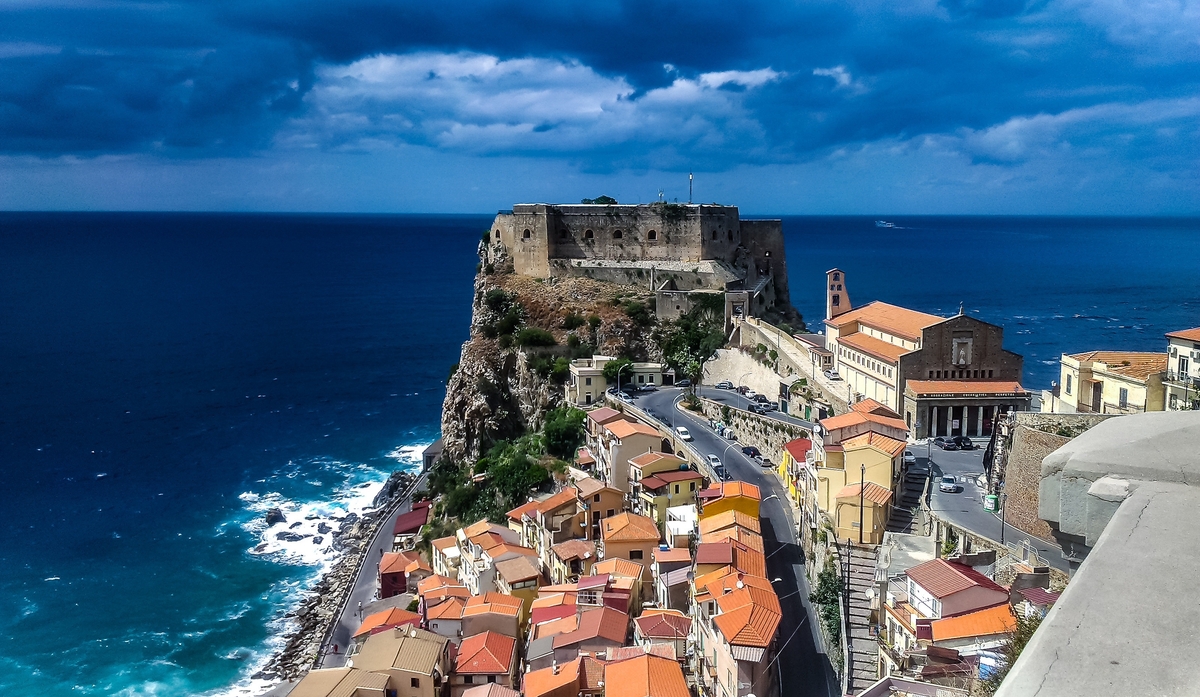
Piazza San Rocco
Piazza San Rocco acts as Chianalea’s main gathering spot. Locals and travelers drift through all day long.
The belvedere here offers one of Calabria’s best views.
When I dropped by, I spent ages at the lookout, snapping photos of the colorful fishing boats and houses perched over the water.
The vibe is super laid-back. I grabbed an espresso at a café and watched the sun go down.
The square gets its name from the little church of San Rocco nearby. It sits right between the castle and the waterfront, so it’s a natural stop if you’re strolling through Chianalea.

Image Source: Tripadvisor
San Giuseppe Church
San Giuseppe Church might be small, but it’s got a charm that’s hard to forget. Built right by the water, it’s one of the most photographed spots in town.
I thought the simple white façade looked striking against the deep blue sea. Inside, you’ll find religious artifacts and art from local hands.
Waves lap at the building during services, and the sound is oddly calming.
Fishermen used to gather here to pray before heading out. That tradition gives the church a special place in the community.
During summer festivals, the area around San Giuseppe bursts to life with processions and celebrations that show off Calabrian culture at its best.

Image Source: Wikimedia Commons
Coastal Flavors: Dining in Chianalea
Eating in Chianalea is a treat—some of Italy’s most authentic seafood experiences happen here. Local restaurants mix sea views with family recipes that have been handed down for ages.
Fresh Seafood and Traditional Dishes
Seafood rules the table in Chianalea. I found myself returning to the Panoramic restaurant, a cozy, family-run spot with views that stretch across the purple coast.
Their menu focuses on what’s fresh—fish caught that day in the strait.
Swordfish (pesce spada) is the star here. I watched fishermen deliver their catch straight to the kitchens. Cooks keep it simple: grilled, with olive oil, lemon, and herbs.
Other local dishes I tried:
- Tuna, served grilled, marinated, or tossed in pasta
- Pasta con le sarde (with sardines)
- Fritto misto (mixed fried seafood)
Most places show off the day’s catch, so you can pick your fish before they cook it.
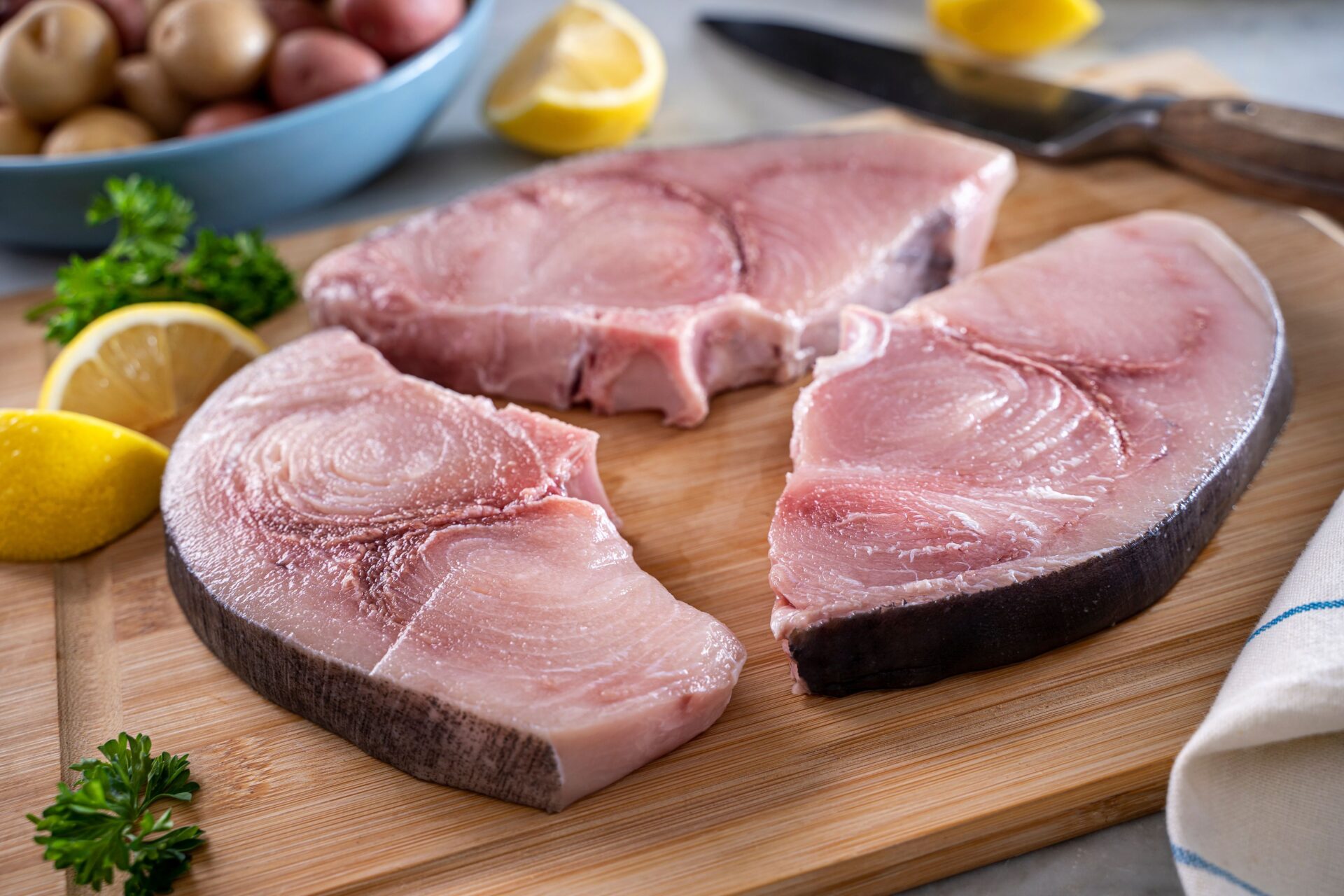
Aperitivo Culture and Waterside Cafés
The aperitivo tradition in Chianalea turns magical at sunset. I spent evenings at tiny cafés built into the rocks, the sea right at my feet as I sipped a spritz or local wine.
These spots serve up big platters of cheeses, olives, and seafood bites with your drink.
Here, aperitivo isn’t just a warm-up for dinner—it’s a social ritual that can last for hours.
Street food adds to the fun. I found arancini (rice balls), fried calamari in paper cones, and panini stuffed with local specialties as I wandered the lanes.
For the best view, I’d pick one of the cafés along Via Chianalea. You can watch the boats come in while you eat.

Where to Stay: Accommodations and Hotels
Staying in Chianalea really amps up the experience of this waterfront village. You’ll find everything from seaside hotels to cozy guesthouses tucked into the water lanes.
Hotel Scilla and Boutique Guesthouses
I found Hotel Scilla right in the center of town, about 200 meters from Piazza San Rocco. It’s a quick 10-minute walk to both the sea and Chianalea’s prettiest lanes.
Rooms are comfy, and it makes a great base for exploring.
If you want something more intimate, check out La Locandiera. This guesthouse sits on the waterfront, smack in the middle of Chianalea.
Rooms have balconies with sea views—I spent hours just watching the boats drift by.
Other solid choices:
- Grand Hotel Victoria
- Hotel Centrale
- Hotel Palazzo Krataiis
- Hotel Miramonti
If you’re after the full Chianalea vibe, try a vacation home with a sea view right in the village. Most are within a 10-minute walk of Castello di Scilla and Marina Grande Beach.
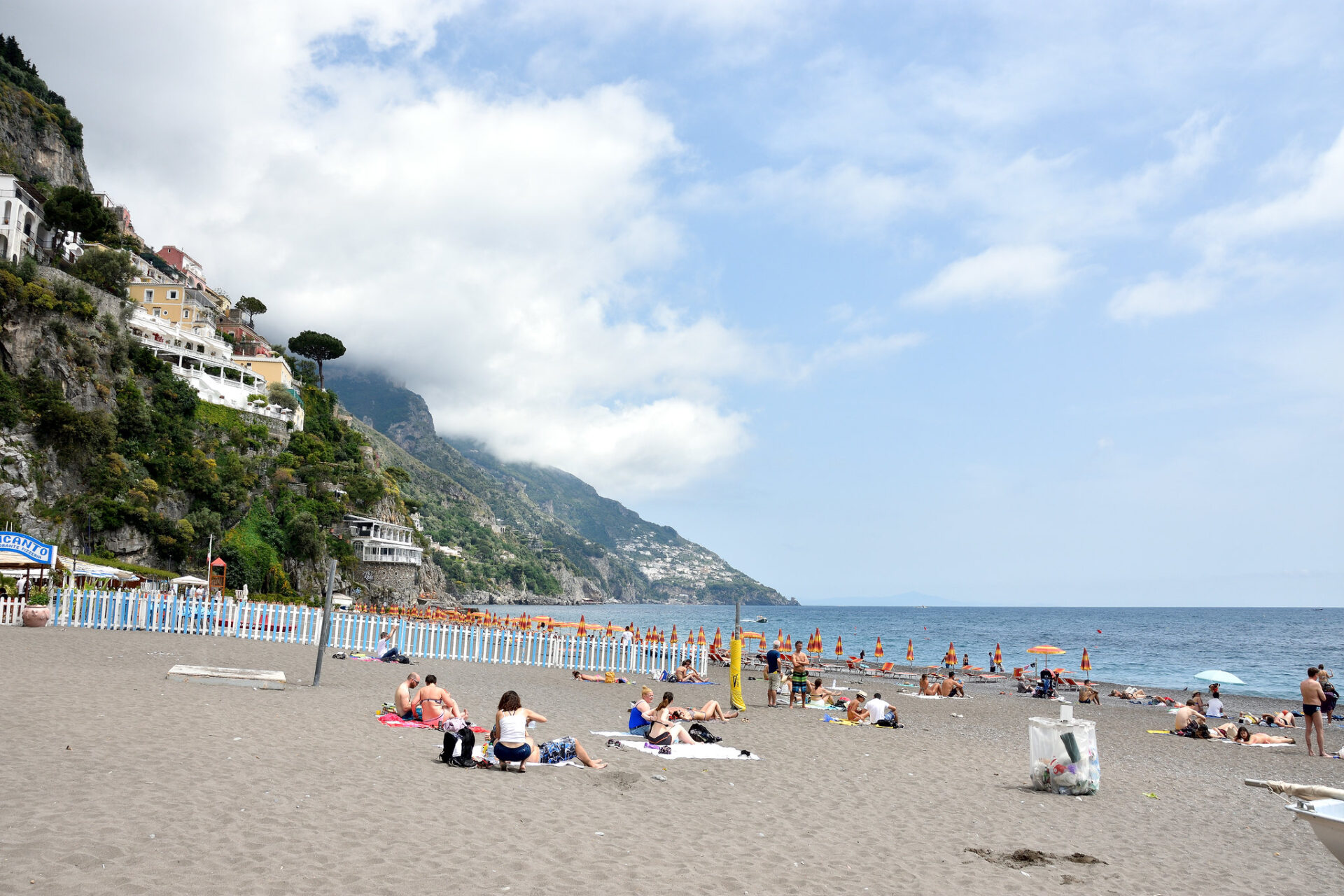
Image Source: Flickr
Capturing the Charm: Photography and Visual Inspiration
Chianalea’s mix of old buildings and seascapes makes it a photographer’s paradise. Light bounces off the water, stone walls show their age, and every narrow alley seems to beg for a photo.
Best Spots for Pictures and Sunset Views
I found the little bridges that connect the lanes perfect for framing shots. Early morning is best—the town glows gold, and the water sits still, mirroring the colorful houses.
For sunsets, I’d head north where the houses rise straight out of the sea. The sun drops behind the Tyrrhenian, painting the sky orange and pink while the water catches every hue.
Another favorite spot is near the old fishermen’s dock. I snapped some of my best photos here as boats rolled in at dusk, silhouetted by fading light.
Tips for Stunning Editorial and Stock Photos
When I shoot in Chianalea for editorial or stock, I focus on real moments rather than posed scenes. Fishermen fixing nets or locals chatting in doorways tell the story of the place.
For stock images, I look for contrasts—ancient buildings against the endless sea. These shots often get picked for extended licenses since the subject is so unique.
Textures matter too. Close-ups of stone walls or weathered boats add depth and make great backgrounds.
If you’re photographing people for commercial use, don’t forget to get model releases.
Optimizing Image Quality and Safe Search Filters
I always shoot in RAW here so I can pull out details in both the bright sky and shadowy lanes.
A polarizing filter helps cut glare from the water and makes the village colors pop.
When I upload to stock sites or social media, I stick to safe subjects—architecture, seascapes, and respectful shots of daily life.
Landscape orientation works best for the village’s long shoreline, but portrait shots are great for narrow lanes and tall buildings.
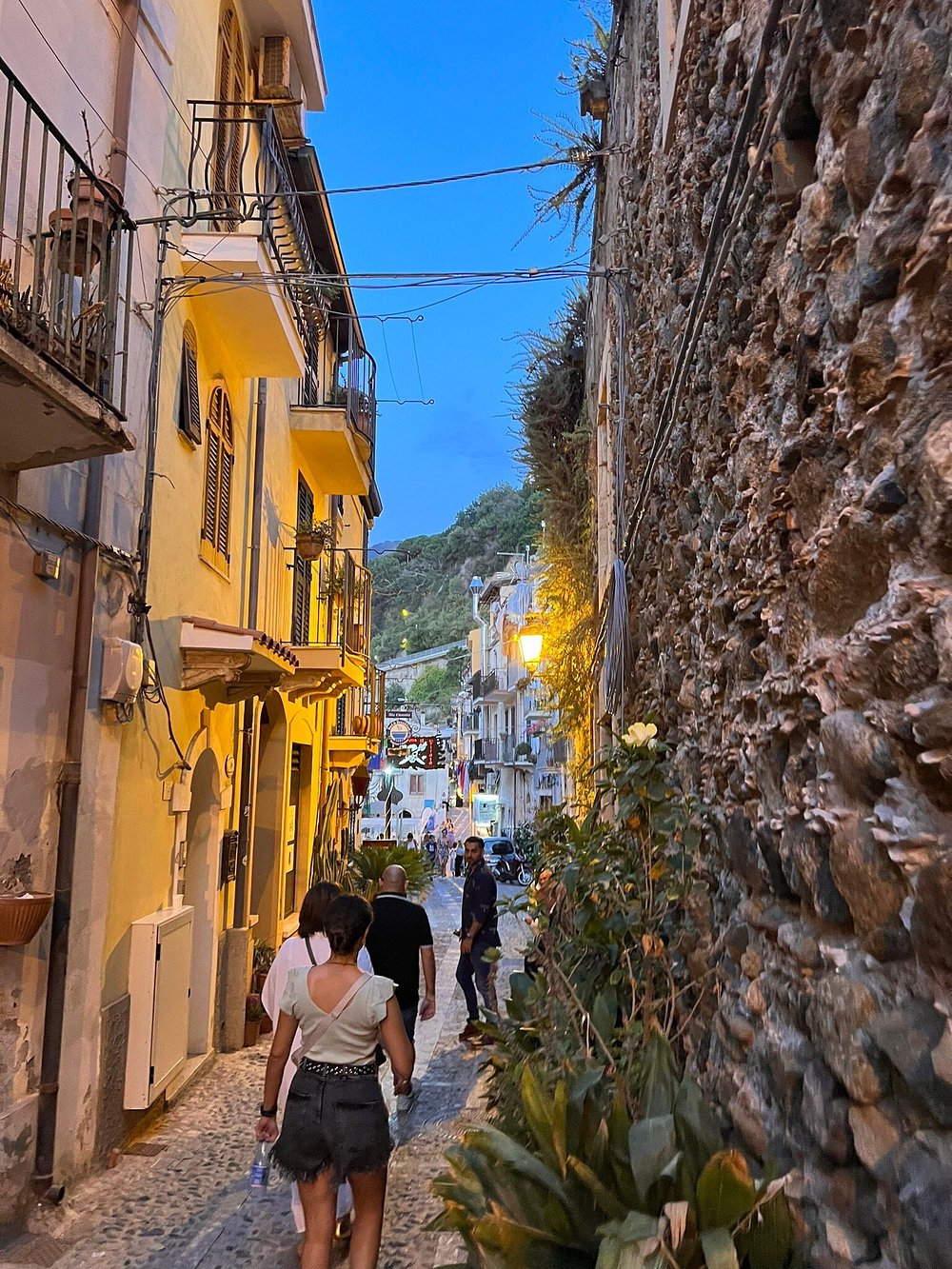
Illustrations, Videos, and AI-Generated Content
Chianalea doesn’t just inspire photographers—it draws painters too. I’ve watched artists set up along the waterfront, trying to capture the village’s magic with watercolors.
If you want to shoot video, I’d suggest grabbing a stabilizer before you wander those narrow paths. Walking through the village adds a gentle movement that static photos just can’t match.
Time-lapse clips of changing light really show off how Chianalea’s mood shifts as the day goes on. Dawn feels totally different from dusk.
AI-generated images of Chianalea pop up online now and then, but honestly, snapping your own moments feels way more rewarding. If you play with AI tools, maybe let them inspire you, but don’t let them replace the real thing—this Italian treasure deserves to be experienced in person.
Beyond Chianalea: Exploring Calabria’s Nearby Gems
Chianalea has its own seaside spell, but Calabria doesn’t stop there. The region is packed with historic towns, cultural gems, and pristine beaches waiting just a short drive away.
Tropea and Other Coastal Towns
Tropea really stands out along the Calabrian coast. It’s about an hour from Chianalea, perched high on cliffs with sweeping views of the Tyrrhenian Sea.
The old town almost feels untouched, with winding medieval streets leading to panoramic viewpoints. I could wander there for hours.
Santa Maria dell’Isola steals the show—a monastery on a rocky outcrop that’s basically Tropea’s calling card.
If you like food, you have to try the red Tropea onions. They’re unexpectedly sweet and end up in everything from pasta dishes to jam.
Pizzo is another nearby coastal town that’s worth a stop, especially if you love tartufo ice cream. Capo Vaticano calls out to swimmers and sunbathers with its crystal-clear waters and secret coves.
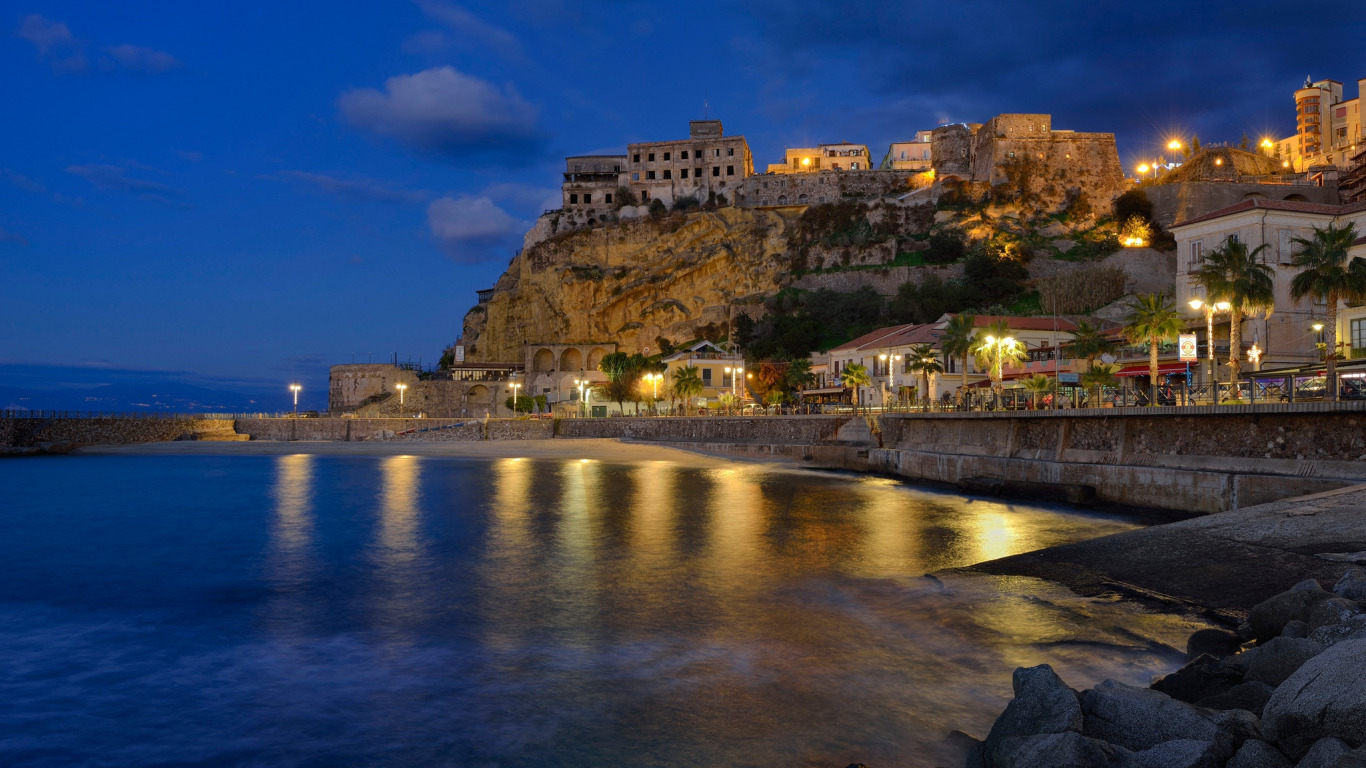
Reggio Calabria and the Riace Bronzes
I took a day trip to Reggio Calabria, and I have to admit, I found more than I expected. The Riace Bronzes at the National Archaeological Museum completely blew me away.
A diver found these two Greek bronze statues back in 1972, and they’re in amazing condition. They’re nearly 6 feet tall, from around 450 BC, and the details are almost eerily lifelike.
The Lungomare Falcomatà, the city’s waterfront promenade, gives you gorgeous views across to Sicily. Sometimes, if the weather’s just right, you can catch the “Fata Morgana” illusion—Sicily looks like it’s floating above the sea.
I wandered through the botanical gardens and tried some classic Calabrian food at local trattorie. Can’t say I left hungry.

Beaches and Outdoor Adventures
Calabria has some of Italy’s cleanest, least crowded beaches. I absolutely loved Capo Vaticano—those white sands and the turquoise water just blew me away.
If you’re craving something more active, hike through Aspromonte National Park. You’ll find mountain views, ancient forests, and villages that feel like they haven’t changed in centuries.
Water lovers should check out:
- Snorkeling along the Costa degli Dei (Coast of the Gods)
- Boat tours to explore sea caves near Scilla
- Paddleboarding in Bagnara’s calm morning waters
Diving around Praia a Mare lets you spot all kinds of marine life and some wild underwater rock formations. If you’re up for a thrill, try paragliding from the cliffs near Tropea. The aerial views of the coastline are just unforgettable—seriously, you have to see it for yourself.

